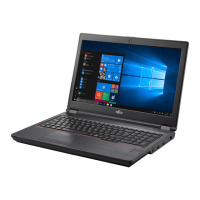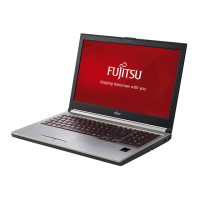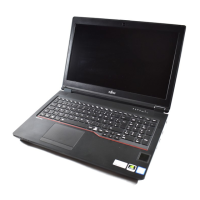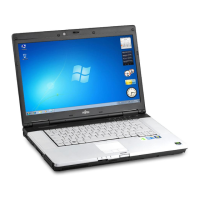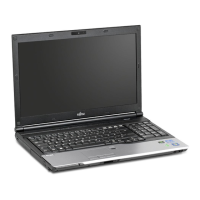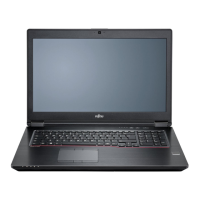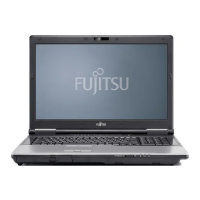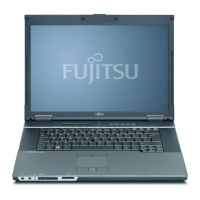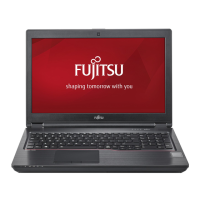How to correct date or time on Fujitsu CELSIUS H7510 Laptop?
- PPaul DavisSep 8, 2025
If your Fujitsu notebook’s date or time is incorrect, you can set the date and time in the main menu using the BIOS-Setup-Utility. For further assistance, contact your sales outlet or our Hotline/Service Desk.
